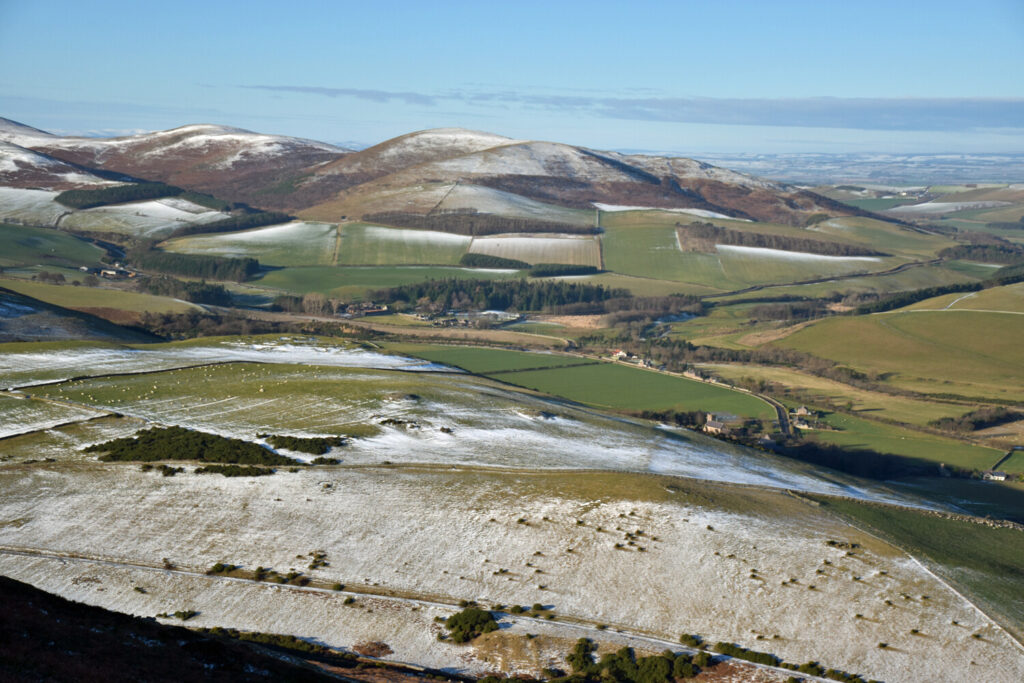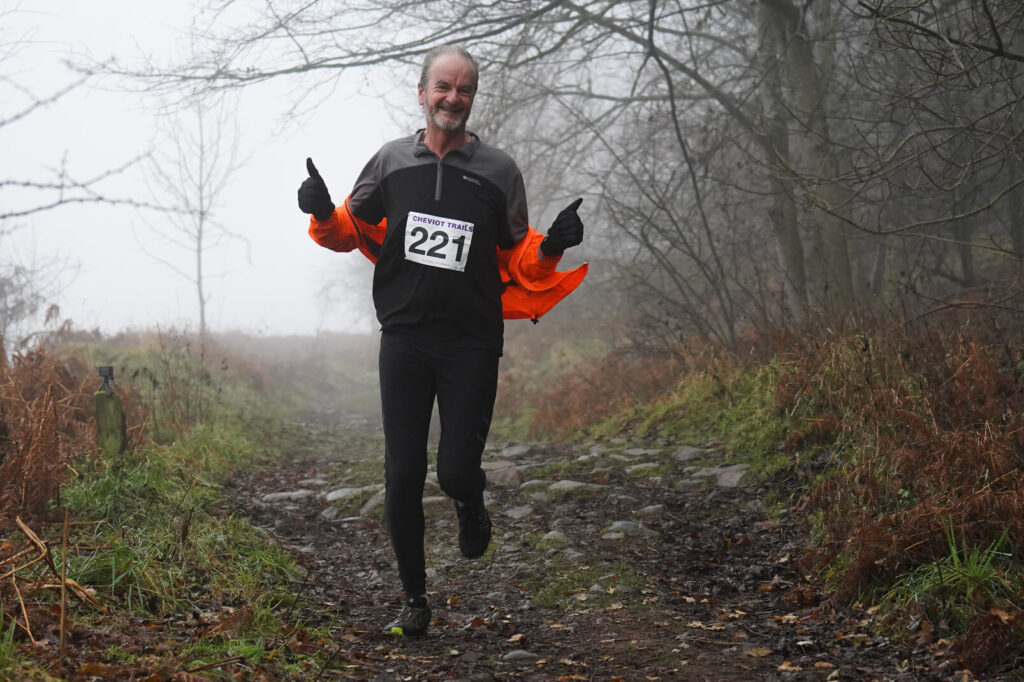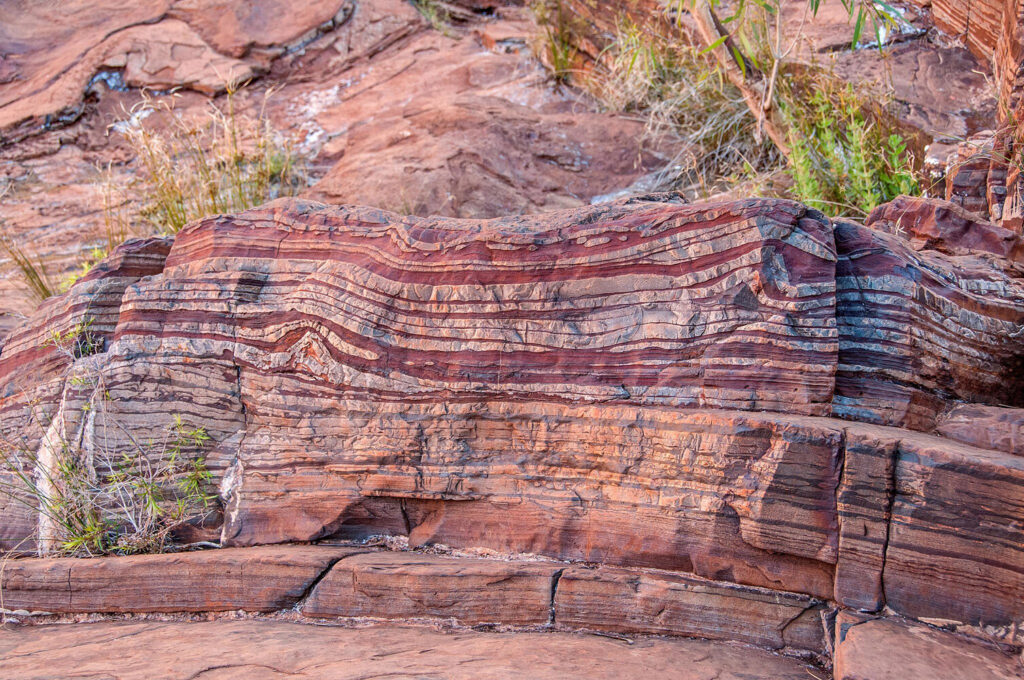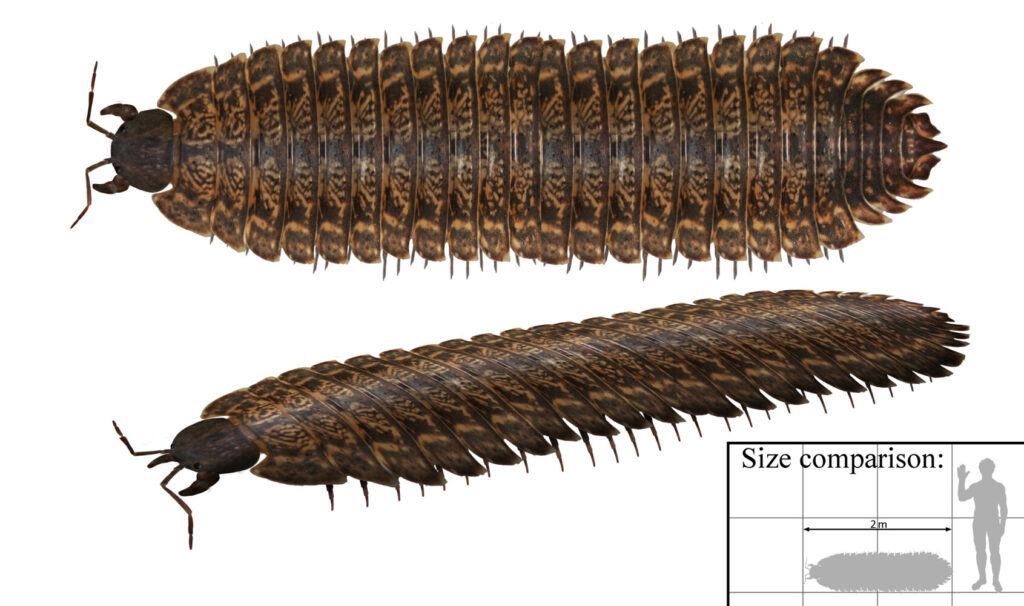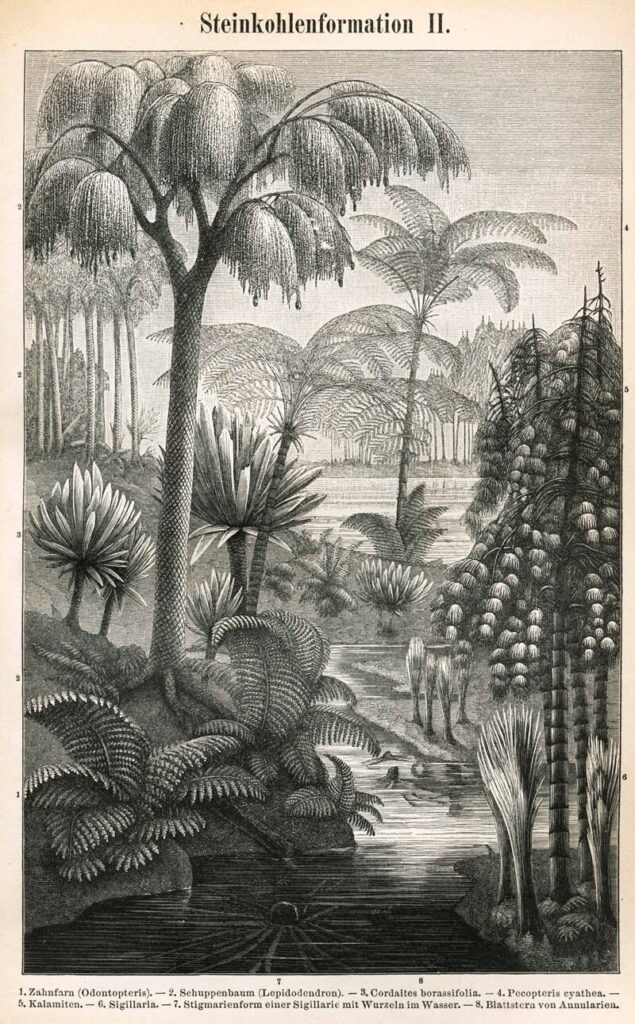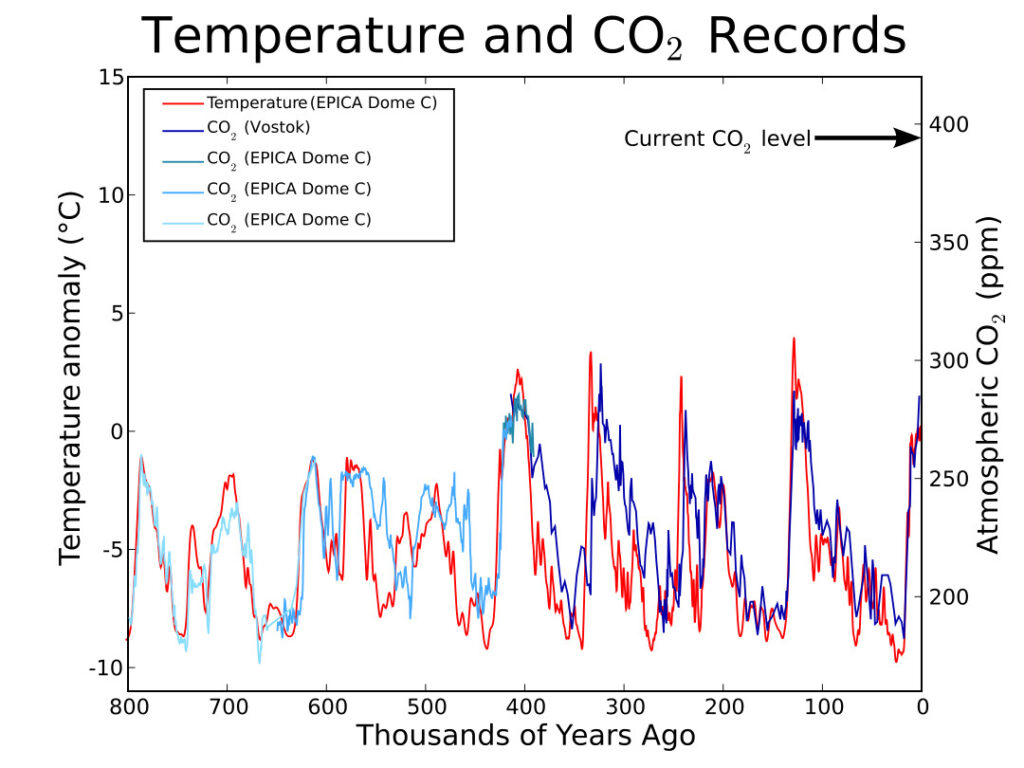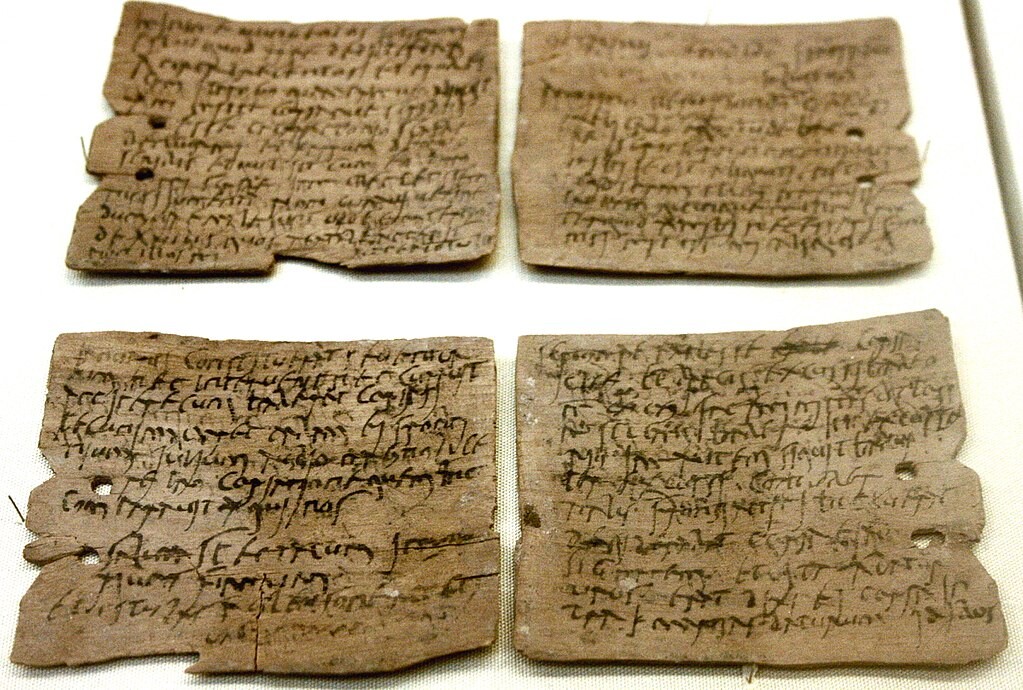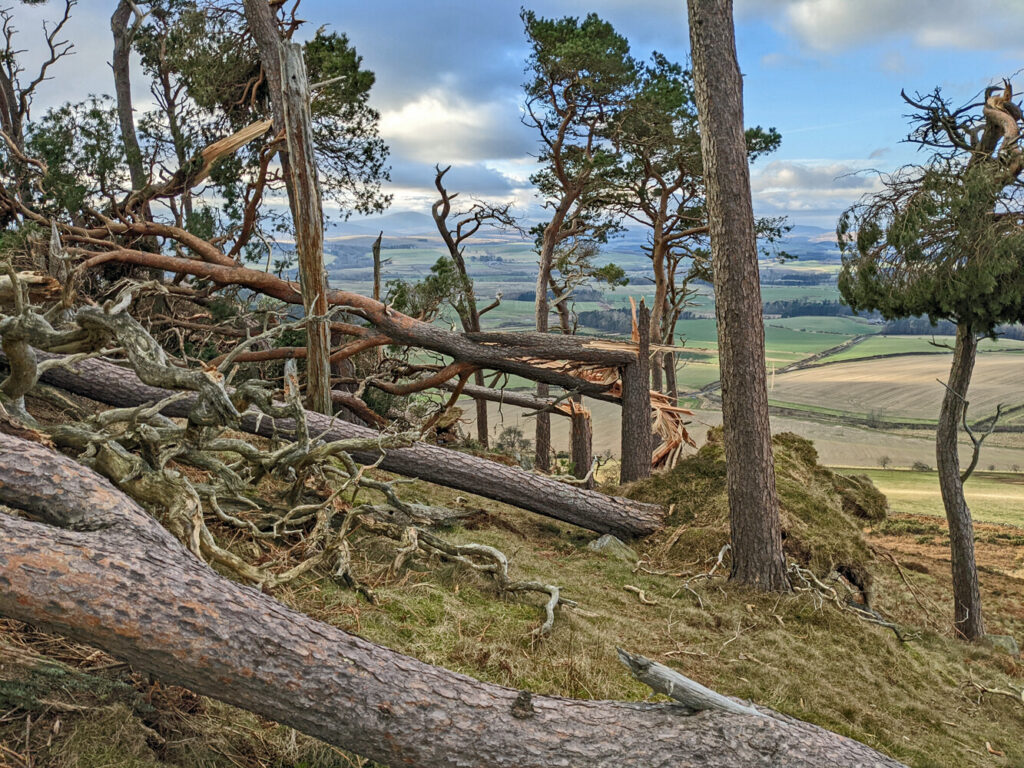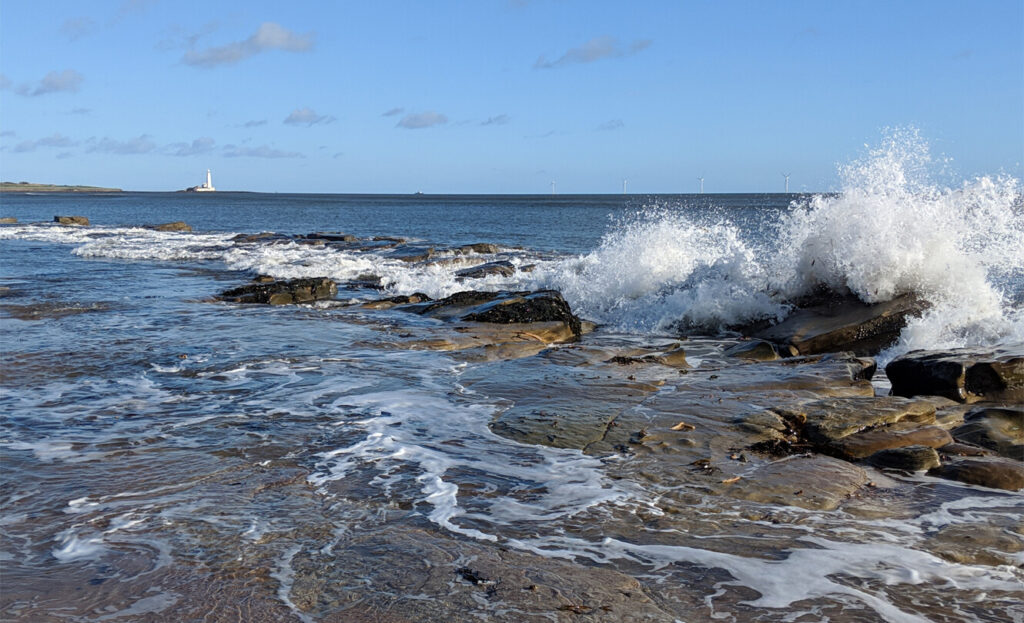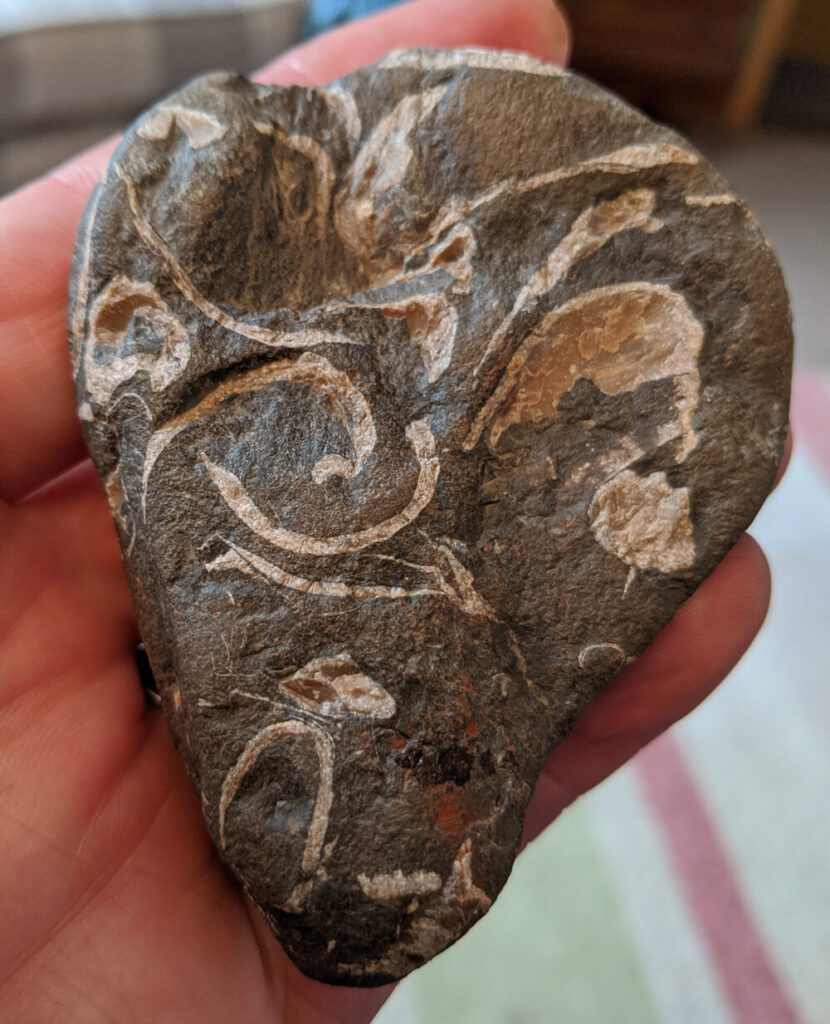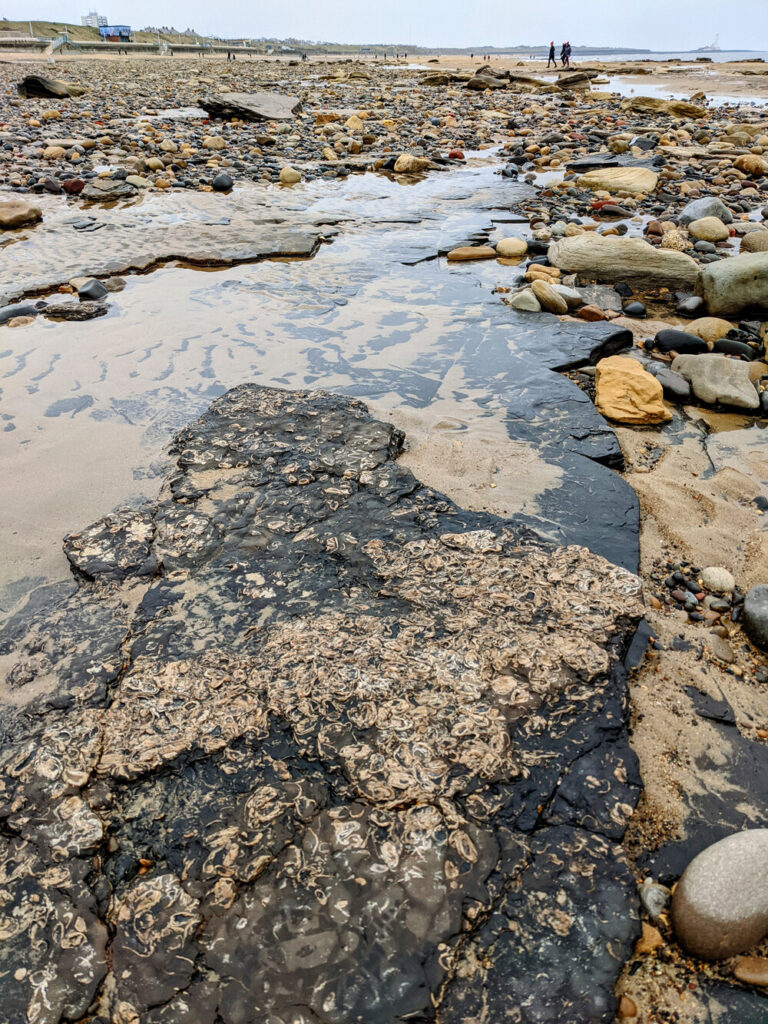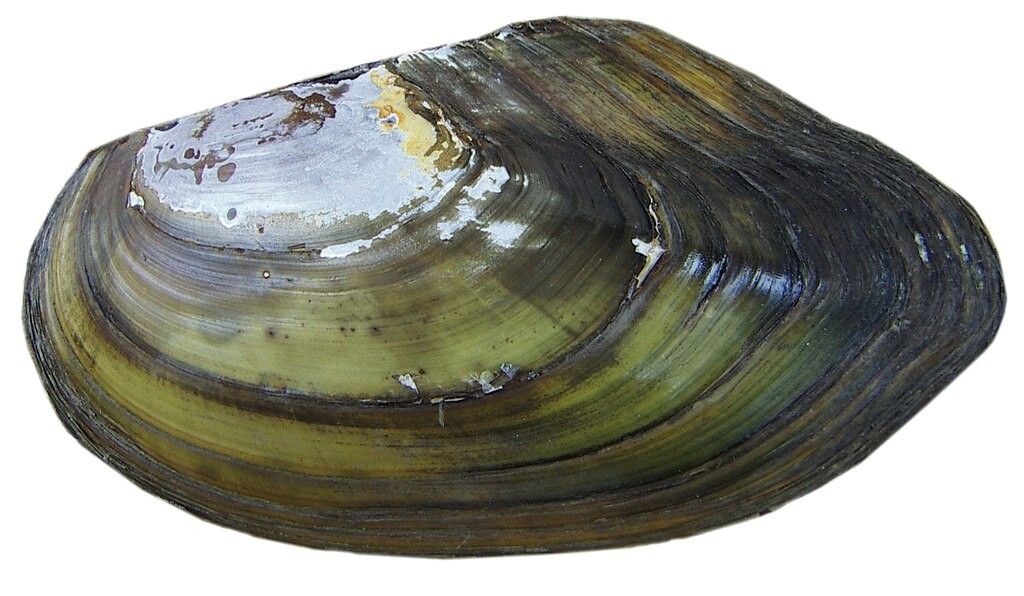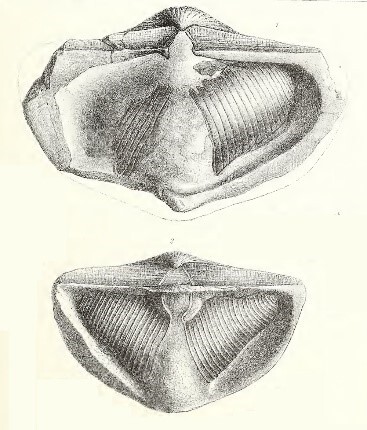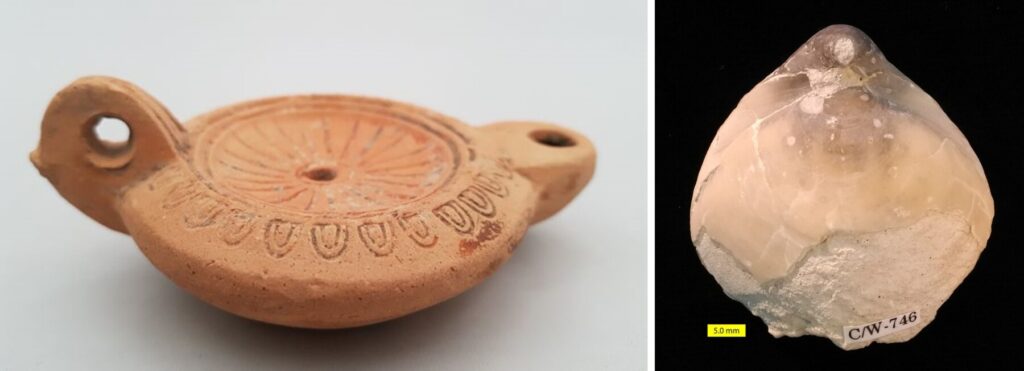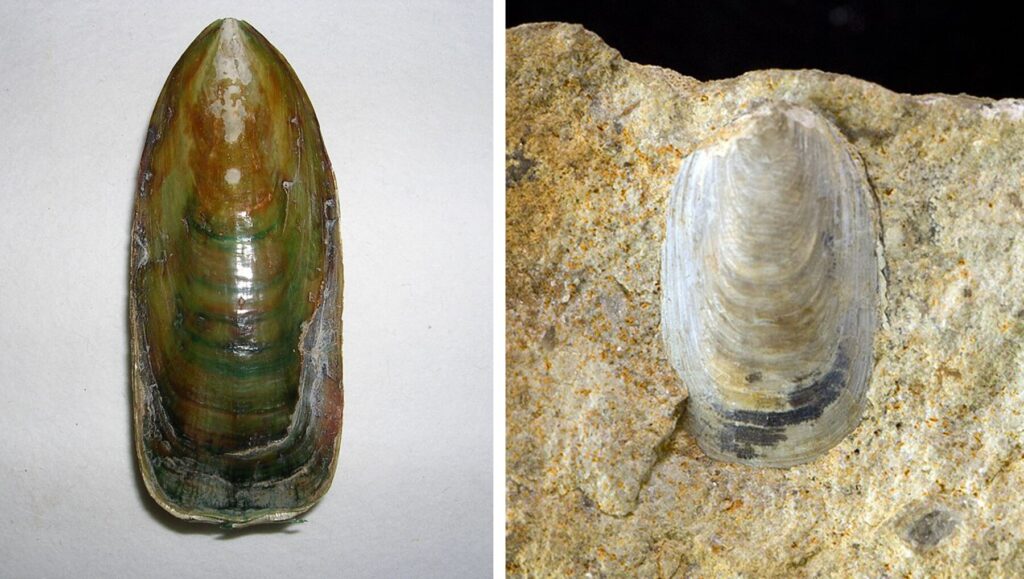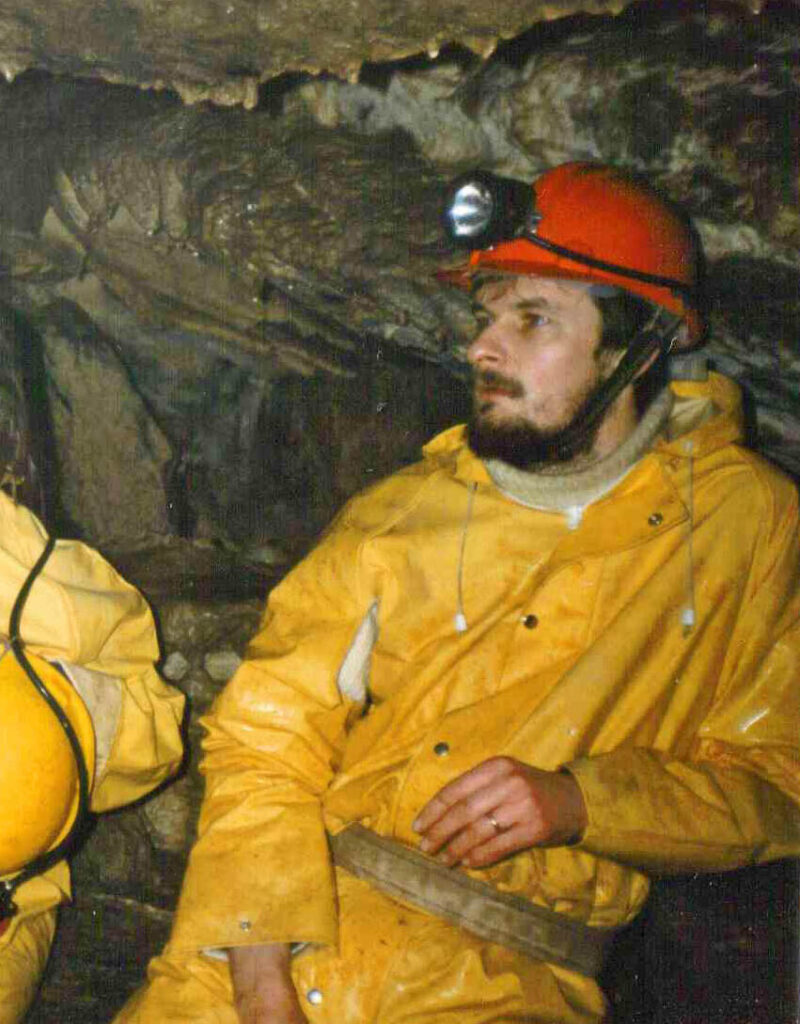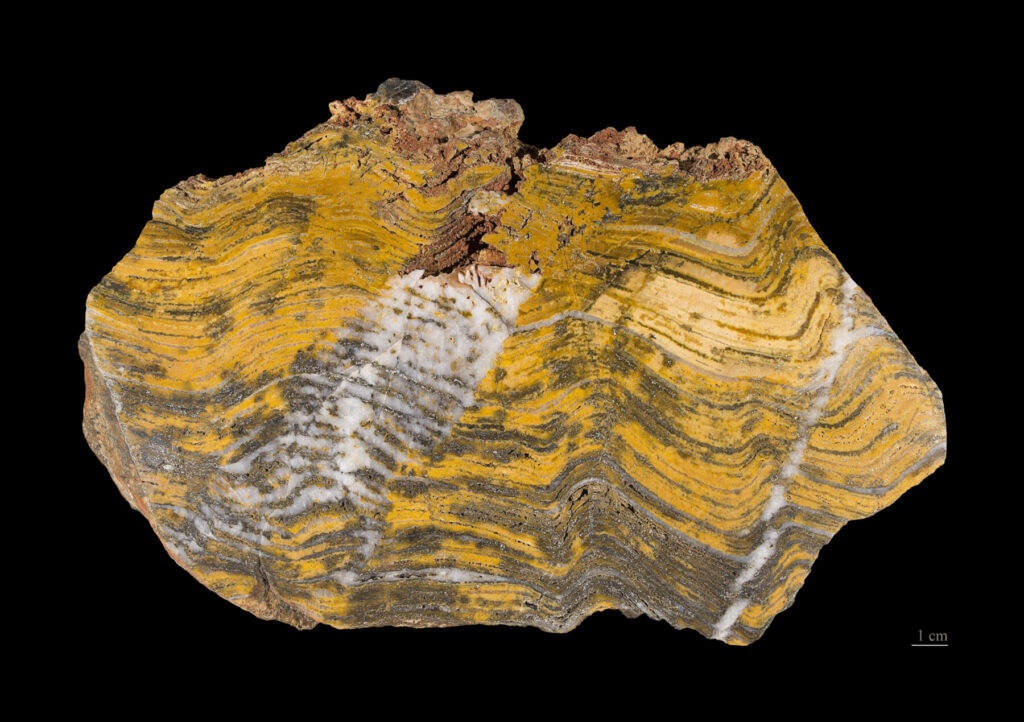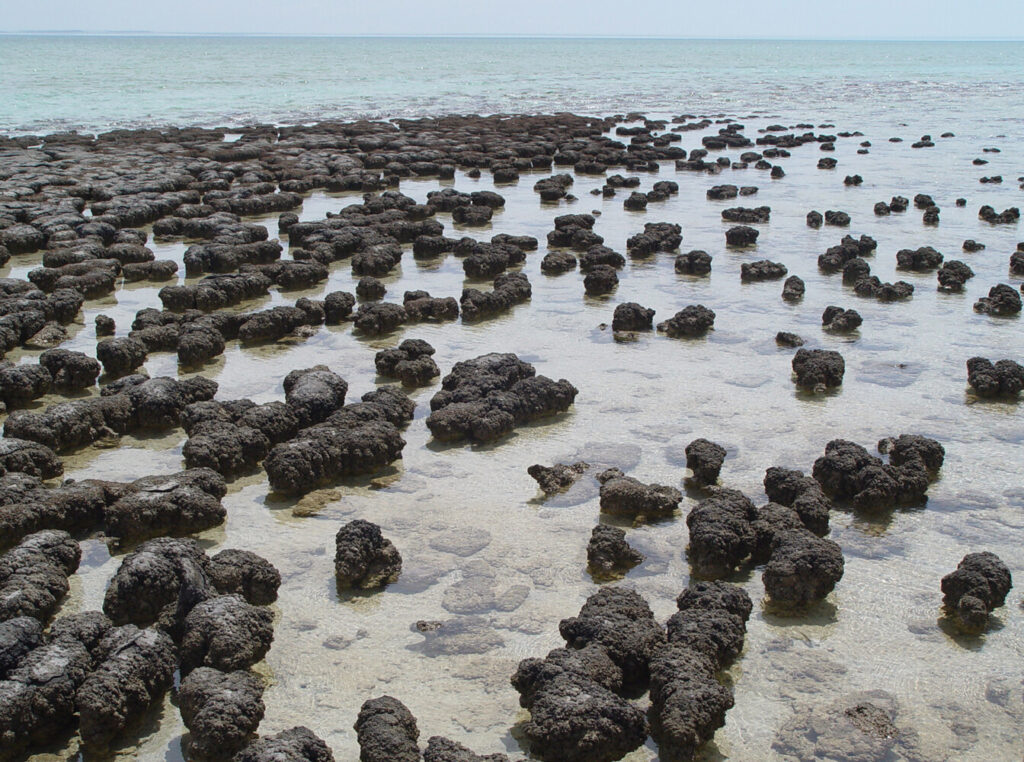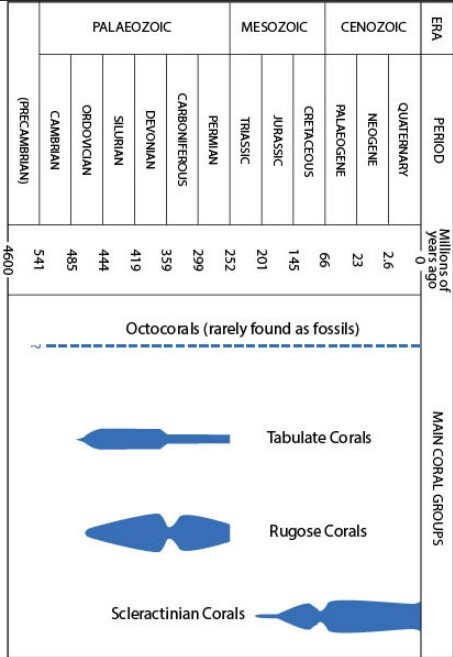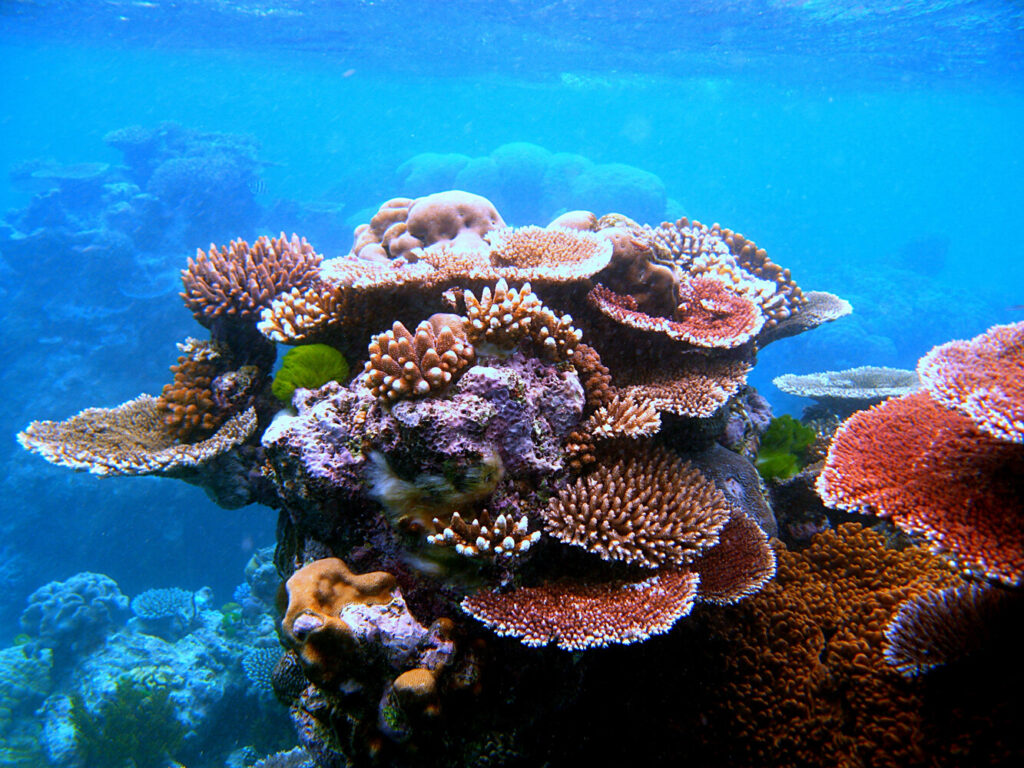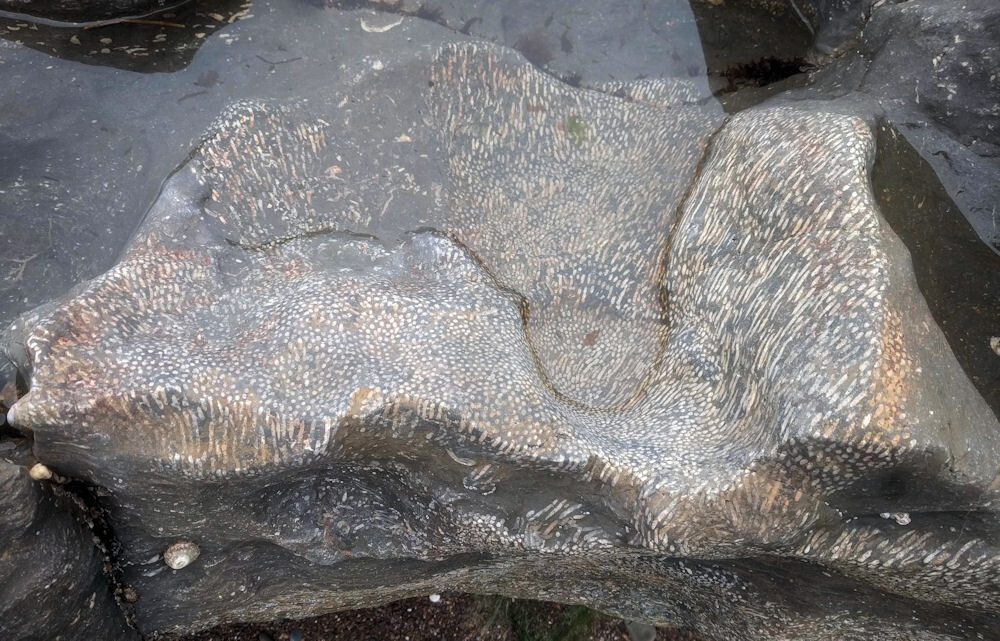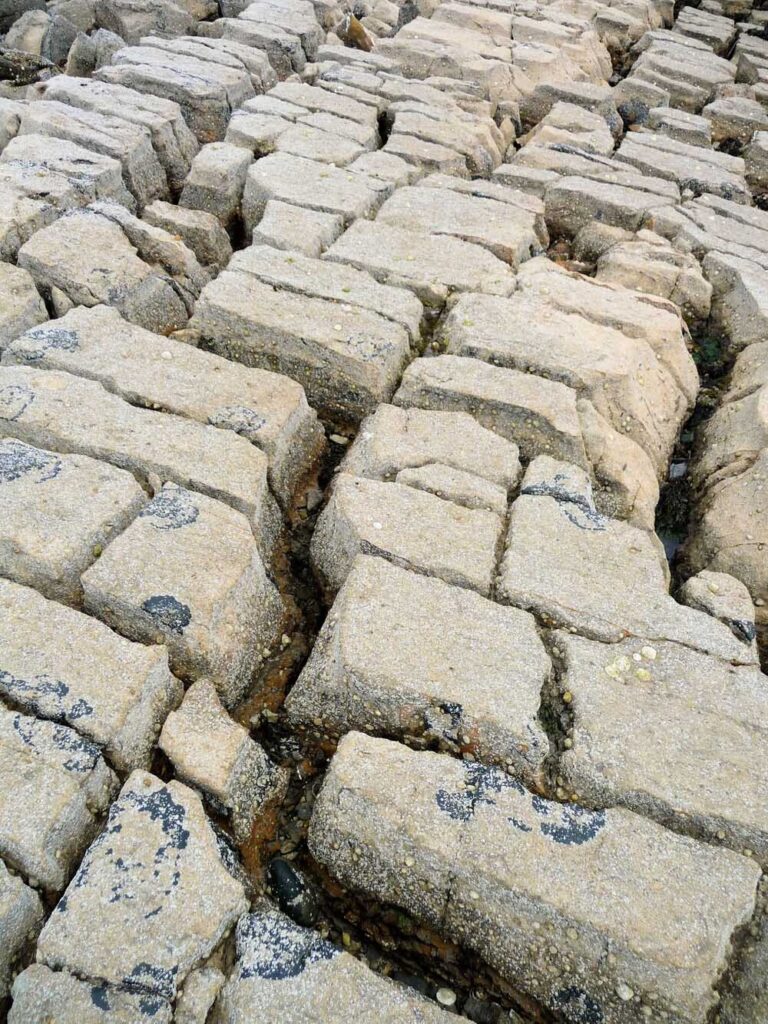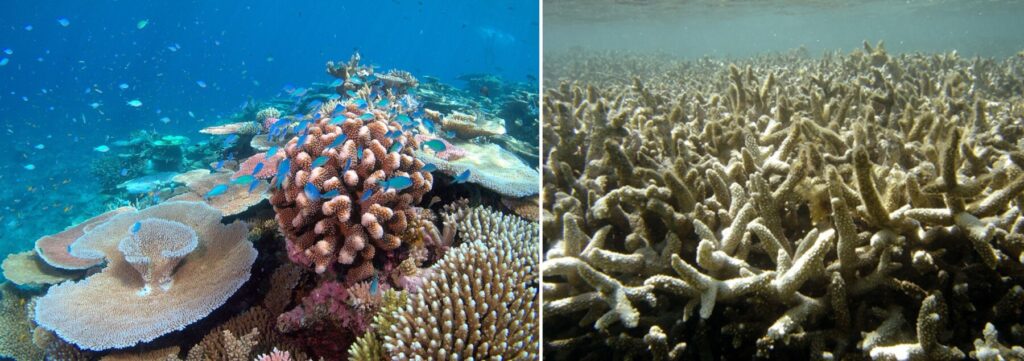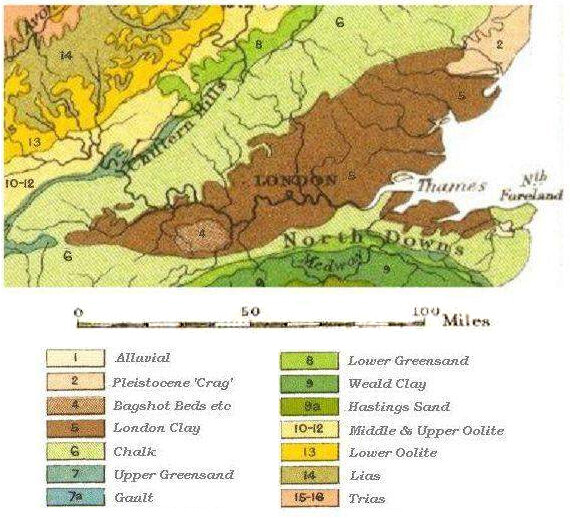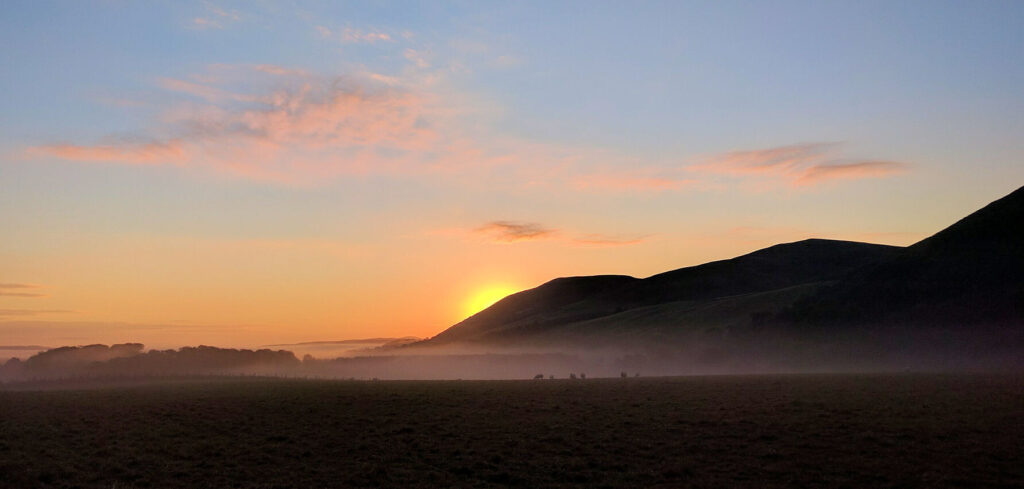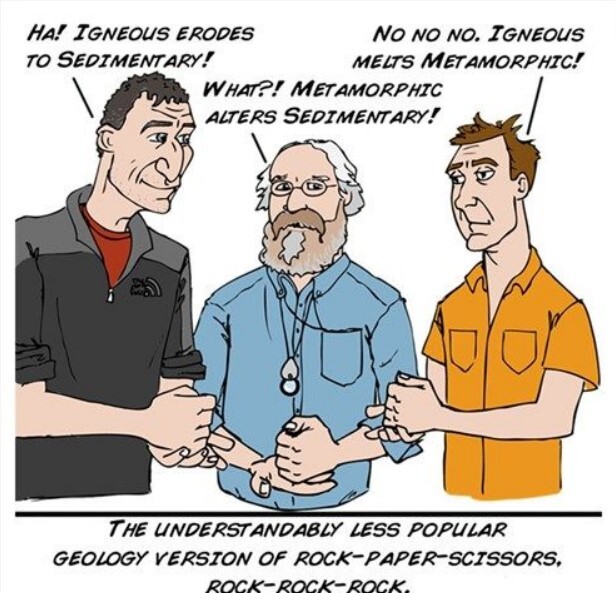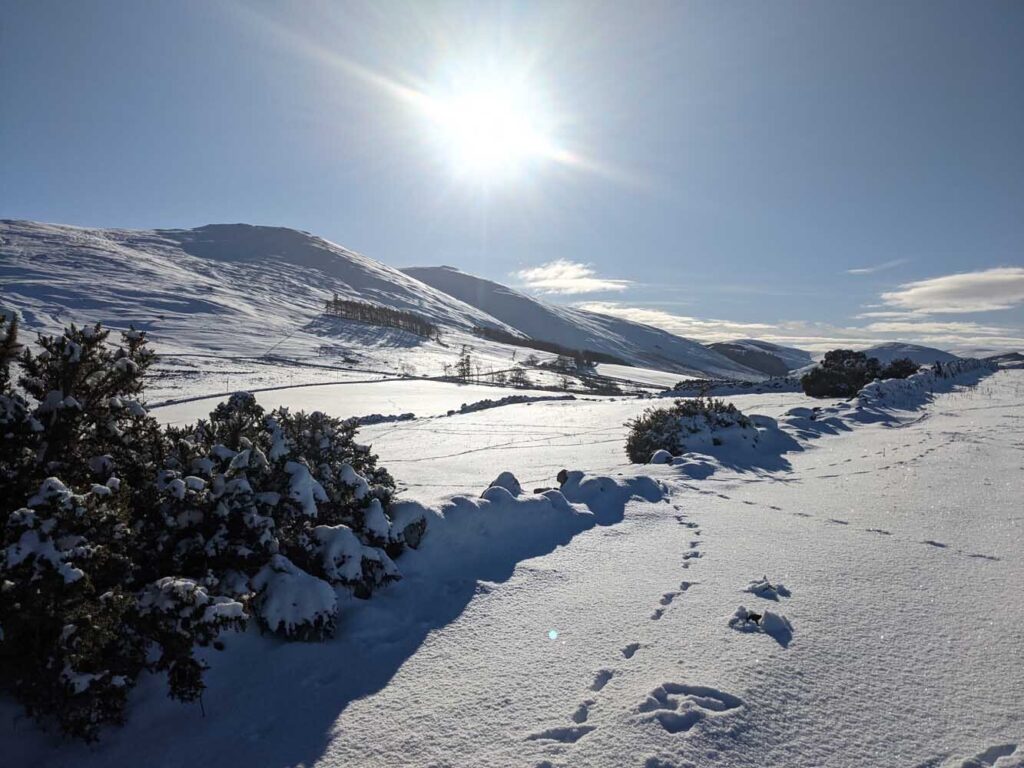Hadrian’s Wall in Assassin’s Creed: Valhalla
Assassin’s Creed: Valhalla is an action-packed game, released in 2020, as the latest chapter in Ubisoft’s successful Assassin’s Creed franchise. For those unfamiliar with the franchise, or even the game format, a player takes on the role of a character that is inducted into an ancient and secret sect of Assassins (ancient protectors of peace and freewill, obviously), and through the course of the game the player develops the character’s skills and equipment through completion of different game levels and quests.
Different releases of games in the franchise have been set at different time-periods and historic locations, including Renaissance Italy, Ancient Greece, and even the pirate-infested Caribbean of the early 18th century. In this version, a player takes on the orphaned character of Eivor, a strong and clever Viking that migrates from Norway to Britain in the later 9th century.
This type of game is known as a first-person role-playing game, and because of the high degree of choice and options available to the player, the experience is often very immersive and can feel very individualistic. A player can, for example, decide on details of their character’s gender and appearance, which impacts how computer-controlled characters in the game interact. A player can also choose their own style of play. For example, you can play in a very violent and blood-thirsty manner, hacking a slashing your way through game levels. Alternatively, you can play in a stealthy fashion, sneaking around your enemies or sniping them from the shadows. Regardless, it is a game that embraces, and perhaps even glorifies violence.
Distinct from the violence of game play, however, is the breath-taking digital modelling in which Ubisoft brings the past to life. As Eivor, a player travels to a number of iconic historic landmarks throughout Britain, including Stone Henge, Grimes Graves, Eorwic (York), and – most importantly to this author – Hadrian’s Wall.

Ubisoft, the creators of Assassin’s Creed, have embraced the beauty and interest that their game settings have inspired, and have also created Discovery Tours of the different games. This allows a person to explore the worlds for educational purposes, without needing to engage with more violent gameplay. Assassin’s Creed: Valhalla has a Discovery Tour, which can be purchased directly from the Ubisoft Store.
Now, it should be understood that these sites are often locations of importance in the game, where you must complete missions, or perhaps find and acquire treasure or special items. As such, the sites need to be modelled and digitally-generated in such a way as to be interactive with the character. In other words, a site cannot just ‘look pretty’ in the background. In this regard, the game designers have often had to make choices between retaining historical accuracy and playability. Archaeologists, whom can sometimes take on the appearance of die-hard pedants, need to remember that this is a game and it needs to be fun and engaging for players!
That said, it is fascinating as an archaeologist whose expertise is Hadrian’s Wall to explore this 9th-century digital recreation. How is it portrayed and visualised, how engaging or fun is it to explore? How accurate is the digital reconstruction?
To answer these questions, I threw myself into Assassin’s Creed: Valhalla to explore the world of Eivor. I have thoroughly enjoyed playing the game, but if you are playing the game, it is worth knowing it can take a number of hours of gameplay to unlock all the missions that allow you to visit and explore Hadrian’s Wall. Once you get there, I promise you it is worth it! And if you are a more theoretical thinker, you will also appreciate how the game enhances a phenomenological experience of the landscape!
My first encounter with the Wall was a birdseye view (Fig 1), seen through the eyes of a raven familiar (don’t worry about the backstory, just go with it). This birdeye view provides a very impressive sense of scale of the Wall – it takes ages to fly to it (as you are forced in the game to travel from the South of England) and compared to all the other settlements and locations in the game, it is simply huge! The aerial view also gives you a sense of landscape, and from the correct altitude, you can see the Wall as it leads from the low-lying coast up into snow-covered wintry hills.

But you can also explore Hadrian’s Wall on the ground. The game actually has a major quest that forces you to the Wall, but we’ll just set that aside for the moment. Whether you approach the Wall on your own two feet, or on the hooves of your trusty steed, the Wall is an imposing monument. It winds its way across the ancient kingdom of Northumbria (in the game, reduced Eurvicscire), and let me tell you, it can be slow-going walking uphill in a virtual blizzard!
So, how does the virtual Wall look, compared to the real deal? Visually, it looks great and is quite interesting (Fig 2). In terms of historical accuracy, however, it will definitely set off sensitive pedantometers. Before we get too catty, though, it is worth remembering that there is no location where Hadrian’s Wall survives to its full height, nor do we have any accurate historical depictions of the Wall. Typically, we have less than 2 meters of standing monument, and in some exceptional cases that extends to 3-3.5m. This is a gentle reminder that there is A LOT that we do not know about Hadrian’s Wall.
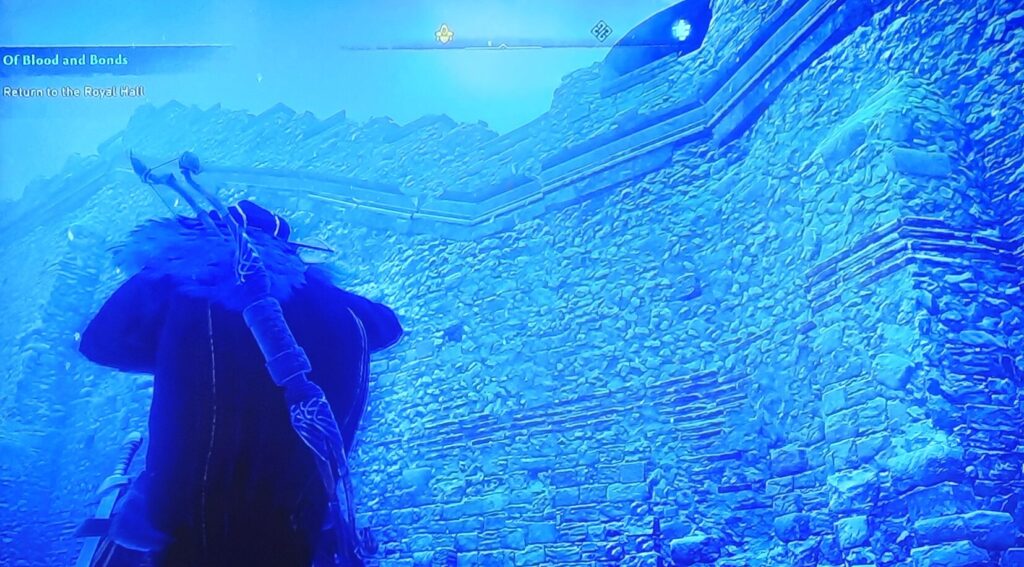
But let’s explore the virtual Wall, and consider how insightful and helpful Ubisoft’s work has been.
Staring with the curtain itself, the virtual Wall is certainly made of stone like the real Wall, but the virtual Wall has a wider range of materials and sizes than seen on the real Wall. If you look at Fig 2, you can see Eivor standing near the south face of the virtual Wall at ground level. The lowest courses display reasonably accurate-sized blocks that have been roughly shaped and course. Looking up the face of the curtain, though, you see smaller unshaped stones that appear to be rubble, held in place with variably weathered mortar. There are also bonding course of red tile, and buttresses to reinforce and support the height of the curtain. Near its top, a nice sandstone string course remains in situ, occasionally damaged. Atop the virtual Wall, there is a wallwalk with a crenelated parapet on the north side (Fig 3). In terms of a broader practice of Roman architecture, the virtual Wall is reasonably accurate. However, with real Wall there is no evidence for tile-bonding courses or buttresses. Rubble blocks were only used for the core of the Wall, which was otherwise faces with roughly dressed sandstone blocks. As for the wallwalk, this is something that is debated amongst Hadrian’s Wall scholars, and for which there is no direct evidence (it is all circumstantial). There is, however, evidence of stone slabs with bevelled edges that are believed to have formed a string course near the top of the real Wall curtain.

A turret can be seen in Figure 4, as approached from the south east. From this view, the turret itself is a very good digital reconstruction of one potential version of what a real Wall turret would have looked like, based on examples carved in Trajan’s Column (erected and still standing in Rome). The oddity in this image, however, is the staircase. Turrets along Hadrian’s Wall were accessed through a door in the southern wall set at ground-level. Also, if you move to the front of the turret, it has a semi-circular front (Fig 5). These sort of D-shaped towers are found at Roman military sites, but not until the later 3rd and 4th centuries AD, at least 150 years after Hadrian’s Wall was originally built.


Some explorers of the virtual Wall will also be disappointed to learn that there are no milecastles. There are, however, three fort sites, and a small number of slightly larger octagonal towers and considerably larger tower complexes (more akin to a fortified tower of the 12th-13th centuries).
The forts are those at Newcastle, Housesteads, and Carvoran. Housesteads is a named location, and Carvoran is called Magnis in the game (close to its Roman name of Magna). Both the forts at Newcastle and Housesteads are largely covered in deep snow drifts and cannot be explored fully, though climbing along rooftops provides some elevated views of the forts (Fig 6). A few buildings can be partially explored, and the north gate of Housesteads projects out of the snow (Fig 7).


The fortress at Magnis is a site of the storyline in the game, and it is more fully modelled. In truth, it is not a site anyone familiar with Carvoran would recognise, or any fort of Hadrian’s Wall. Magnis is far larger and with considerably taller buildings than a Hadrian’s Wall fort would have had (Fig 8). It also lies at the western end of the playable area of the game, and therefore defines the western end of the virtual Wall in the game.
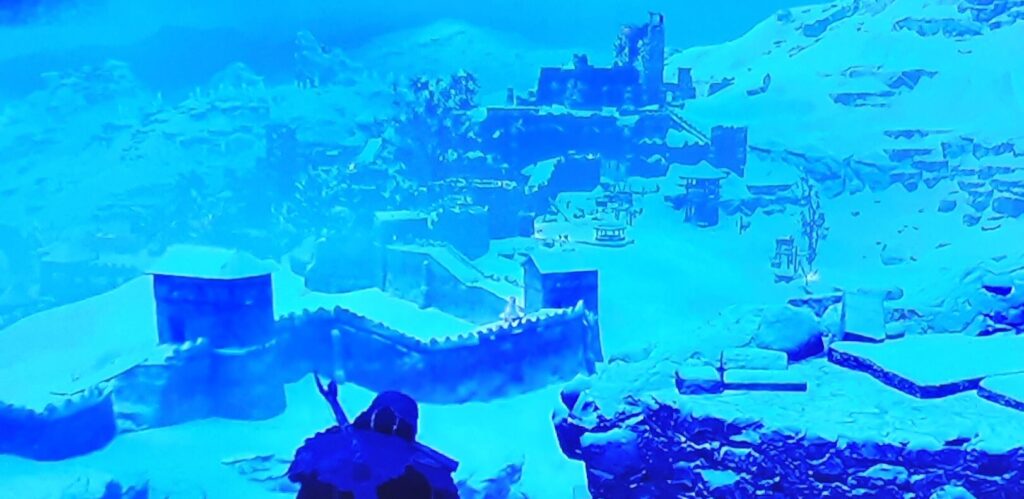
While it was not possible to replicate every location along Hadrian’s Wall in the game, visitors will still recognise Sycamore Gap, the tree bare of leaves in this winter landscape (Fig 9).
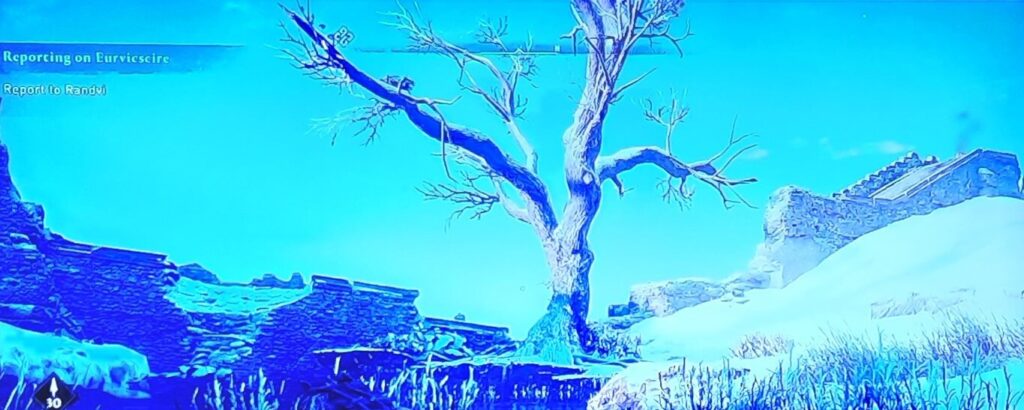
With these aspects in mind, it is clear that the virtual Wall in Assassin’s Creed is not a very accurate structural reconstruction of Hadrian’s Wall. It is a fictionalised monument, inspired by the original, but modified for the purposes of gameplay.
Now, some might decry such digital fantasies, but consider the alternative. Hadrian’s Wall, as it appears now and as it might reasonably be reconstructed, is actually a surprising boring monument, visually speaking. Don’t believe me? Try making a model of Hadrian’s Wall out of Lego – it does not make for the most visually engaging build…
The virtual Wall in Assassin’s Creed is a super-charged version of Hadrian’s Wall. While it retains the likely original height, it is thicker, and the surface rendering of different stones and tile bonding courses creates a more visually engaging monument. Furthermore, the artful fashion in which the virtual Wall is cracked, fractures, and in some places collapsed, lends to the sense of lost empire.
Ironically, the might of Rome and the loss of a world-spanning empire is felt throughout the game, not just via Hadrian’s Wall but through all the ruinous Roman sites found in 9th-century England.
by Rob Collins


